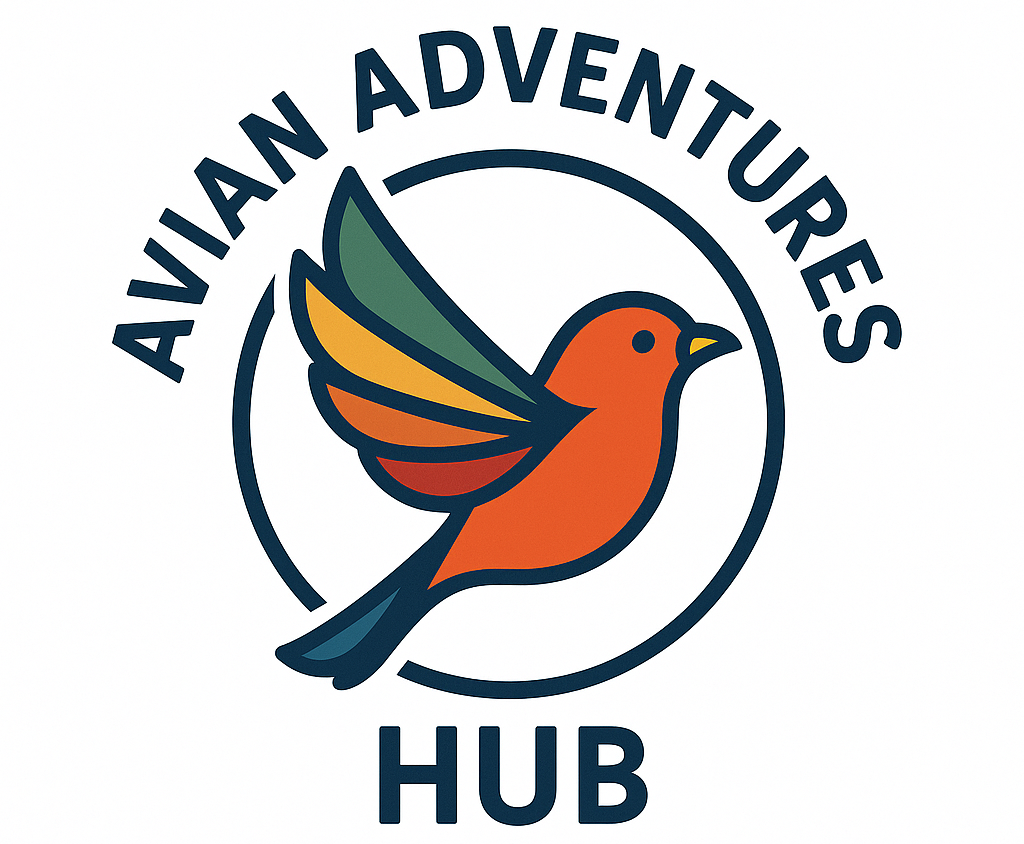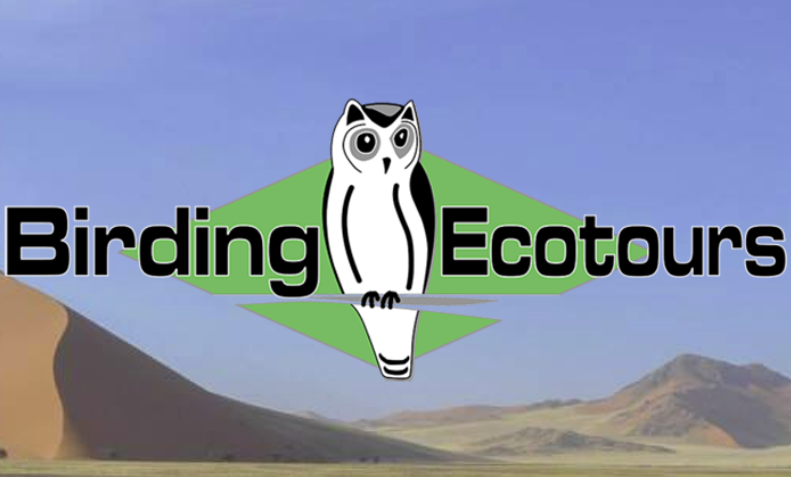New Zealand: Endemic Extravaganza
Click link below to learn more:
Length of trip
Description
This New Zealand birding tour offers a once-in-a-lifetime experience and one that will live long in your memory. We really love visiting this top birdwatching destination, and we are sure you will too. New Zealand is one of the most remote places on earth, and during 8o million years of isolation a fascinating and unique fauna has evolved. In the absence of mammals, except for bats and marine species, birds became the dominant animals, and they evolved to fill most available niches. Many became flightless, and some grew to be giants, including a huge eagle and the giant browsing moas. Sadly, with the occupation of New Zealand by Polynesians about 800 years ago and Europeans in the 19th century, many of the endemic species became extinct, including the eagle and the moas. Of those species that survived, some are still common, others are rare but still found on the larger islands, and many are only found in carefully managed populations on small predator-free islands. The stories of how New Zealanders have protected their birds are extraordinary, and these stories play an important role in our New Zealand birding tour.
 Kea is one of our spectacular endemic targets on this trip of a lifetime.
Kea is one of our spectacular endemic targets on this trip of a lifetime.
This New Zealand bird tour itinerary is designed to find numerous New Zealand endemic bird species, as well as species introduced by Europeans and the many species that have naturally colonized from Australia. Located in the Southern Ocean, New Zealand is also rich in oceanic species of birds and mammals, and our bird tour includes pelagic trips at key locations.
The tour starts in Auckland, North Island, where we will take a pelagic trip for the highly sought-after New Zealand Storm Petrel and many other seabirds. We will visit an impressive Australasian Gannet colony, go to the excellent Tiritiri Matangi Island (one of two predator-free islands we will visit on the tour) to see rare endemics, including North Island Saddleback and Stitchbird. We will take a night safari to look for Northern Brown Kiwi and we will visit the shorebird haven at Miranda – where we might catch our first look at the impressive (and rather odd-looking) Wrybill.
 Stitchbird is usually seen on predator-free Tiritiri Matangi Island.
Stitchbird is usually seen on predator-free Tiritiri Matangi Island.
As we move south we will call in to temperate rainforests of central North Island, such as the stunning Pureora Forest Park, where we hope to find North Island Kokako, New Zealand Kaka, and other forest endemics. In the nearby fast-flowing rivers we look for the very rare Whio – the Blue Duck.
After finishing up our birding on North Island we will cross Cook Strait, from Wellington to Picton, by ferry (offering more good seabird-watching opportunities), and our New Zealand birding tour will continue on South Island. During a boat trip in the Marlborough Sounds we visit a colony of New Zealand King (Rough-faced) Shag, which is only found in this isolated location and on Motuara Island, another predator-free reserve. A visit to Blumine Island promises to be a special experience, with some very rare birds targeted, such as Malherbe’s Parakeet.
Next, at beautiful Kaikoura, on the east coast of South Island, a unique phenomenon provides the ideal location for an easy pelagic cruise. This is the only place in New Zealand where there is no continental shelf, and the sea plummets 3,280 feet (1,000 meters) just offshore. Albatrosses, shearwaters, and petrels can be seen just minutes from the shore, giving fantastic close views, and marine mammals are abundant. This experience is sure to be a tour highlight.
 The sight (and sound) of the ginormous Antipodean Albatross bobbing around the back of the boat, along with many other stunning seabirds, is sure to be memorable.
The sight (and sound) of the ginormous Antipodean Albatross bobbing around the back of the boat, along with many other stunning seabirds, is sure to be memorable.
We then leave Kaikoura towards the town of Twizel, going via Arthur’s Pass and the staggering Southern Alps, where we will look for New Zealand Rockwren and the cheeky Kea. This region takes some beating for its beauty, with its many turquoise lakes, braided rivers and the grand, snow-capped peaks of Aoraki Mount Cook National Park. Birding here is a breathtaking experience, as we seek out mega birds such as the Critically Endangered (BirdLife International) Black Stilt, the unique Wrybill on its breeding grounds, and the attractive Double-banded Plover.
Dropping down to the extreme south of South Island, we will visit several spots, such as Taiaroa Head and the Royal Albatross Center, the only mainland breeding site of Northern Royal Albatross and a unique opportunity to observe these birds on land at their nests. We will also visit a colony of the increasingly rare endemic Hoiho – the Yellow-eyed Penguin, nearby.
Finally, we will take the short ferry ride across to Stewart Island, New Zealand’s third-largest island, most of which is protected as a national park, where we will take a night safari to look for Southern Brown Kiwi. At the excellent predator-free Ulva Island, which is like stepping back in time, we will round off our trip with some incredibly rare birds like South Island Saddleback, South Island Robin, and Yellowhead. A different set of seabirds is on offer on our pelagic/coastal boat trip here and may include Buller’s Albatross and Fiordland Penguin, if we are lucky.
The food in New Zealand is excellent, especially the wonderful fresh seafood. The accommodations are varied and interesting, and the scenery is simply some of the most spectacular on the planet and will take your breath away. Combine the above with the incredible New Zealand endemic birds and you will certainly have a great New Zealand birding tour!
 The tussocky grassland and braided river landscape we will be birding in whilst in sight of Mt. Cook (the tallest mountain in New Zealand) is spectacular, and the birds are too!
The tussocky grassland and braided river landscape we will be birding in whilst in sight of Mt. Cook (the tallest mountain in New Zealand) is spectacular, and the birds are too!

